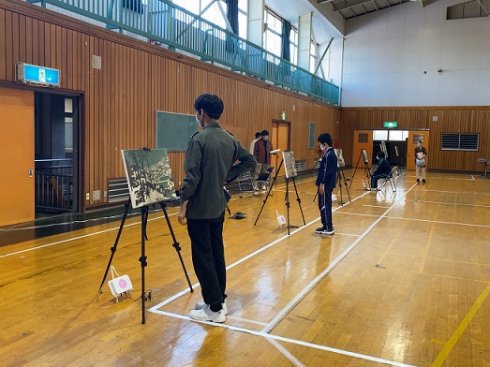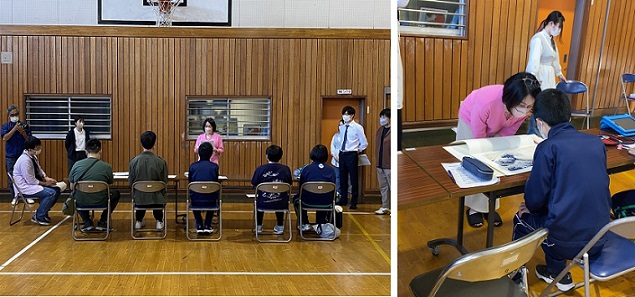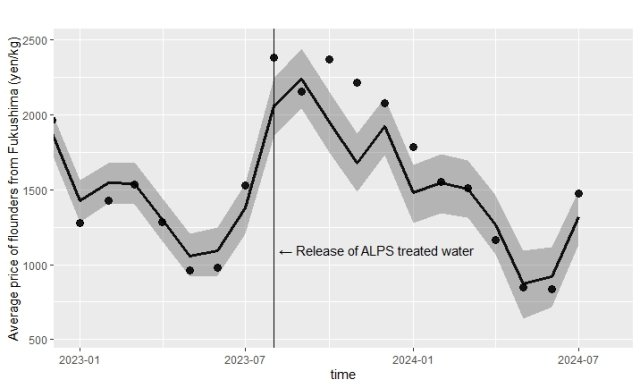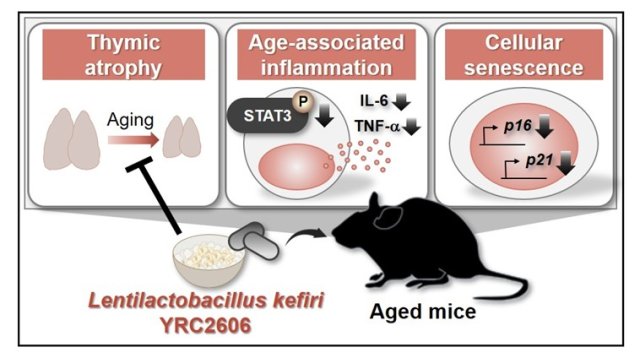Universal Design in Art Appreciation through ICT (Information and Communication Technology)
- Share
- Tweet
- Send to email
Conventional methods of viewing works of art for people who are blind or visually impaired include tactile perception, dialogue with people who are sighted, or audio tour equipment. However, these methods require some assistance and do not allow blind or visually impaired people to appreciate works of art independently and freely. Art appreciation is, however, a personal and sensual experience.
Intending to promote inclusion in art appreciation, the research group of Dr Ayako Ono (Art History), Professor Koichiro Miyaji (Special Needs Education) and Dr Hidefumi Mukai (Clinical Psychology) of the Faculty of Education, Shinshu University, has been investigating effective methods of art appreciation for blind and visually impaired people. The research group developed a hands-free audio guide, which can be used in a Bluetooth environment; it automatically plays the description of each exhibit as the viewer approaches the work.
The research group recently organised painting viewing sessions with students of the Nagano School for the Blind and Matsumoto School for the Blind in Nagano Prefecture. The sessions focused on seven landscapes, including a world-renowned ukiyo-e by Katsushika Hokusai, known as ‘The Great Wave’. Spatial audio was used to give the viewer a sense of realism as if they were entering the work, creating sound effects such as birds singing, footsteps approaching and receding through the snow, waves and thunder. Students commented that they could appreciate the artworks at their own pace and thought it would be good to have such an audio guide in museums. A teacher in charge of art education at Nagano School for the Blind, Mr Satoshi Sarashina, said that he had noticed that the students had a strong interest in works of art. In response to these comments, the research team will be finalising the research on the social implementation of the project.
Special thanks are due to the students and teachers at Nagano School for the Blind and Matsumoto School for the Blind; Mr Kazutoshi Hara (Field Design Inc., Tokyo) who worked on the productisation and social implementation; and Mr Ryuta Ono (Pioneer Corporation), who made the prototype of the hands-free audio guide and designed the sound effects.
*This project is supported by the Ministry of Education, Culture, Sports, Science and Technology under the project ‘Improvement of guidance for students with disabilities through ICT’.
- Dr Ayako Ono, Associate Professor, Faculty of Education, Shinshu University






